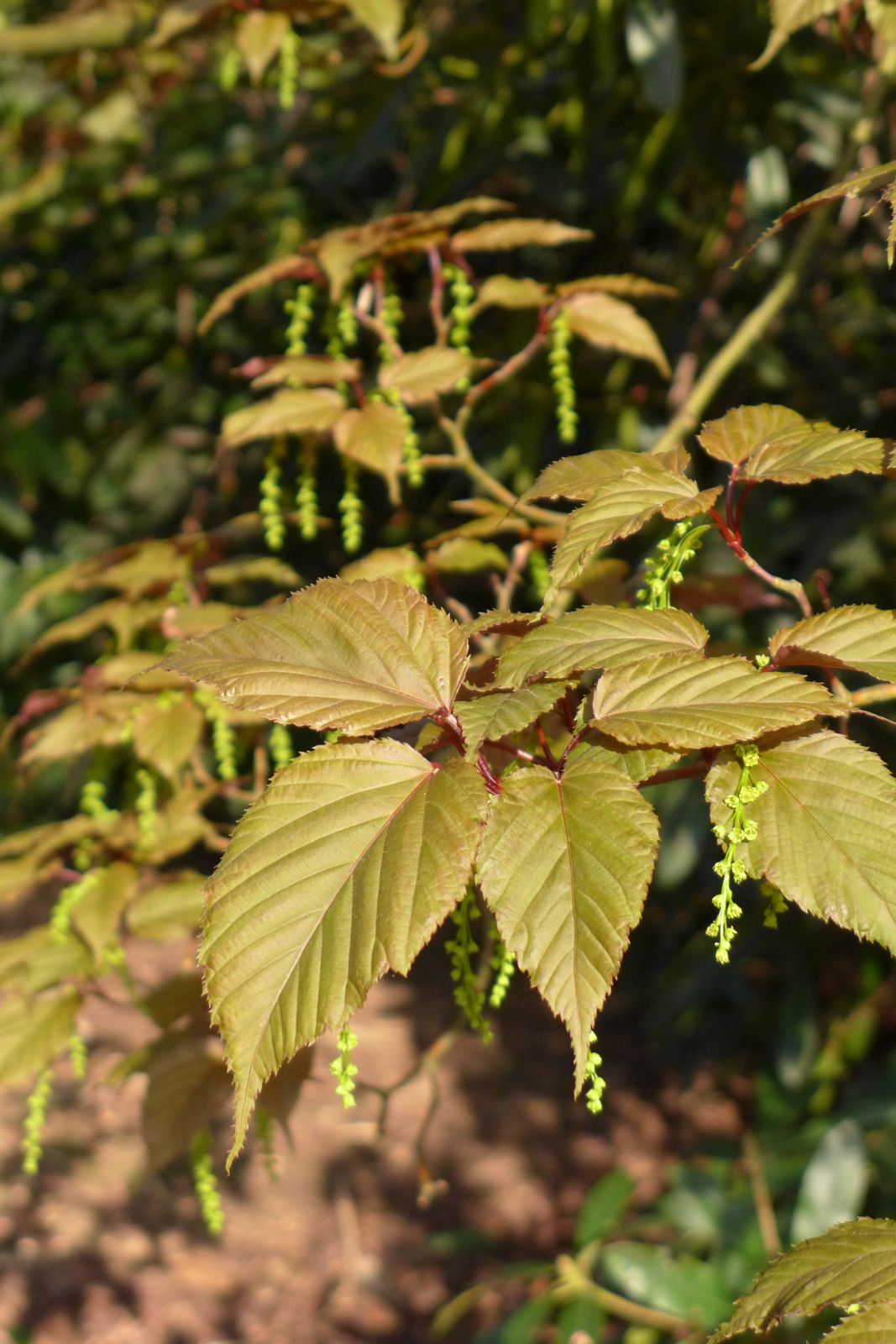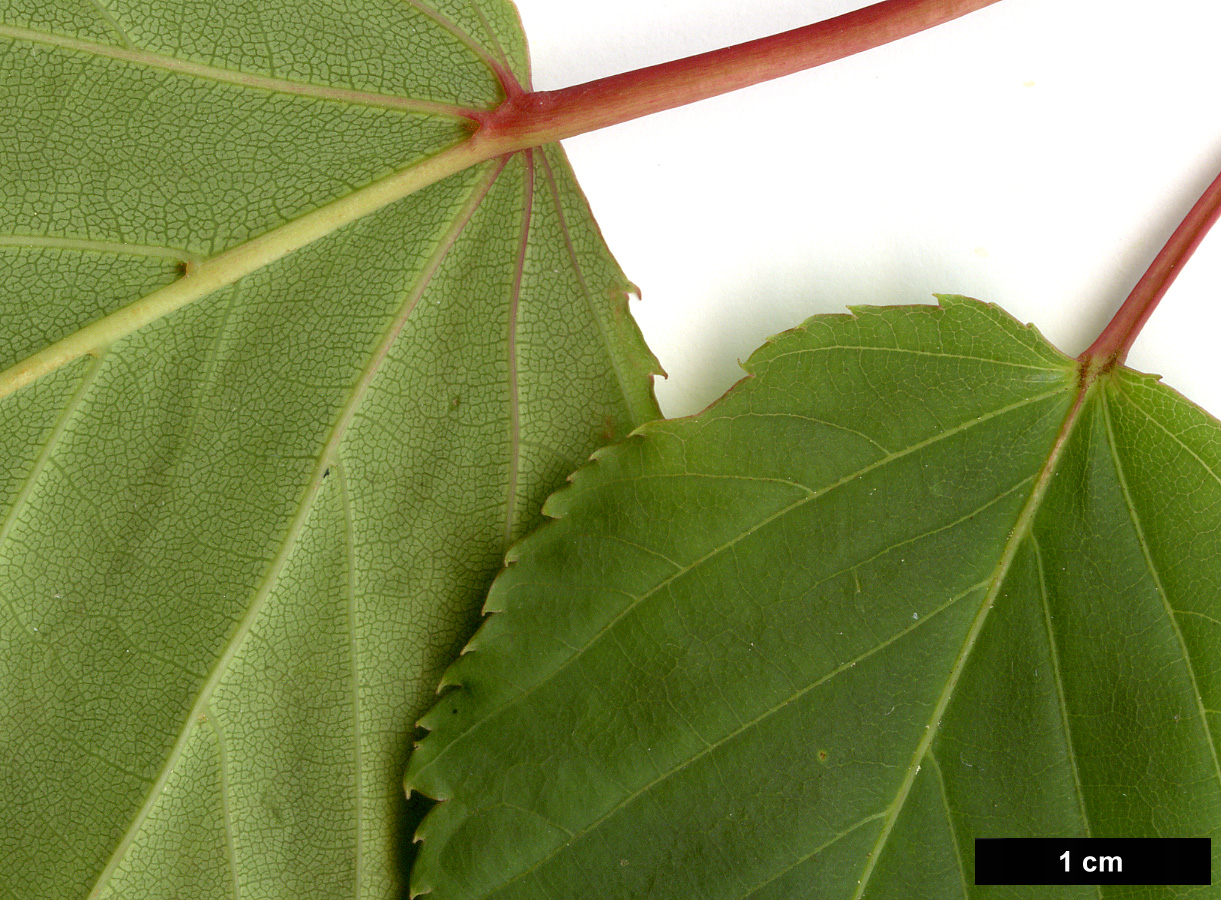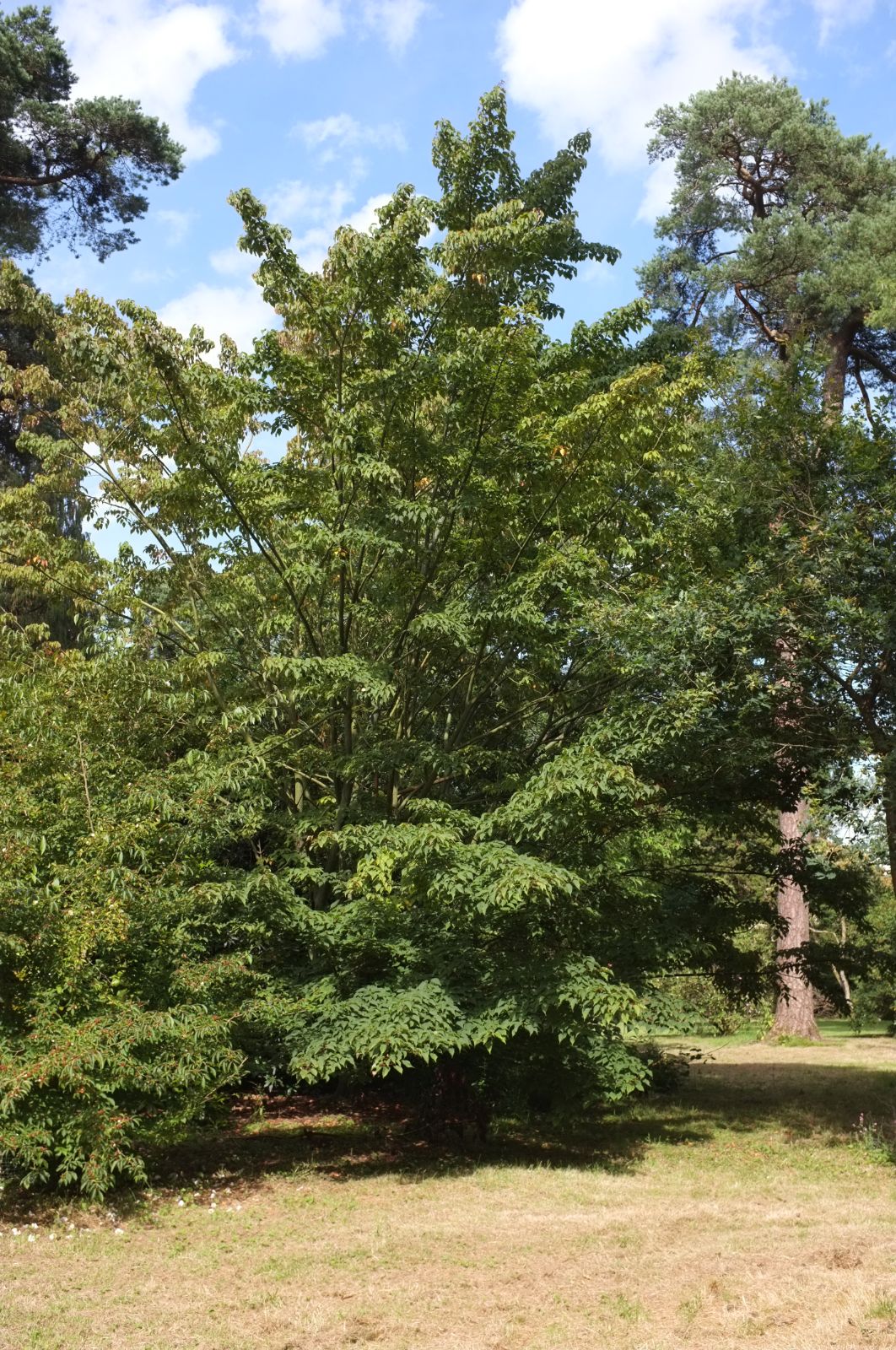Acer morifolium
Sponsor
Kindly sponsored by
Lawrence Banks
Credits
John Grimshaw, Ross Bayton & Dan Crowley (2020)
Recommended citation
Grimshaw, J., Bayton, R. & Crowley, D. (2020), 'Acer morifolium' from the website Trees and Shrubs Online (treesandshrubsonline.
Genus
- Acer
- Sect. Macrantha
Common Names
- Mulberry-leaf Maple
- Yaku Maple
Infraspecifics
Other taxa in genus
- Acer acuminatum
- Acer amplum
- Acer argutum
- Acer barbinerve
- Acer buergerianum
- Acer caesium
- Acer calcaratum
- Acer campbellii
- Acer campestre
- Acer 'Candy Stripe'
- Acer capillipes
- Acer cappadocicum
- Acer carpinifolium
- Acer 'Cascade'
- Acer caudatum
- Acer ceriferum
- Acer chapaense
- Acer chienii
- Acer circinatum
- Acer cissifolium
- Acer × conspicuum
- Acer cordatum
- Acer coriaceifolium
- Acer × coriaceum
- Acer crataegifolium
- Acer davidii
- Acer diabolicum
- Acer distylum
- Acer divergens
- Acer duplicatoserratum
- Acer elegantulum
- Acer erianthum
- Acer 'Esk Flamingo'
- Acer fargesii
- Acer fenzelianum
- Acer flabellatum
- Acer forrestii
- Acer franchetii
- Acer × freemanii
- Acer fulvescens
- Acer 'Gimborn'
- Acer ginnala
- Acer glabrum
- Acer 'Gold Coin'
- Acer granatense
- Acer grandidentatum
- Acer griseum
- Acer heldreichii
- Acer henryi
- Acer × hillieri
- Acer hookeri
- Acer hyrcanum
- Acer japonicum
- Acer kawakamii
- Acer komarovii
- Acer laevigatum
- Acer laurinum
- Acer laxiflorum
- Acer lobelii
- Acer longipes
- Acer macrophyllum
- Acer mandshuricum
- Acer maximowiczianum
- Acer maximowiczii
- Acer metcalfii
- Acer miaotaiense
- Acer micranthum
- Acer 'Mindavi'
- Acer 'Minorient'
- Acer miyabei
- Acer miyabei × campestre
- Acer monspessulanum
- Acer 'Mozart'
- Acer oblongum
- Acer obtusifolium
- Acer okamotoanum
- Acer oliverianum
- Acer opalus
- Acer orientale
- Acer palmatum
- Acer papilio
- Acer pauciflorum
- Acer pectinatum
- Acer pensylvanicum
- Acer pentaphyllum
- Acer pentapotamicum
- Acer pictum
- Acer pilosum
- Acer pinnatinervium
- Acer platanoides
- Acer platanoides × amplum
- Acer platanoides × truncatum
- Acer × pseudoheldreichii
- Acer pseudoplatanus
- Acer pseudosieboldianum
- Acer pubinerve
- Acer pycnanthum
- Acer rubescens
- Acer rubrum
- Acer rufinerve
- Acer saccharinum
- Acer saccharum
- Acer sempervirens
- Acer 'Serpentine'
- Acer serrulatum
- Acer shenkanense
- Acer sieboldianum
- Acer sikkimense
- Acer 'Silver Cardinal'
- Acer 'Silver Ghost'
- Acer sinense
- Acer sinopurpurascens
- Acer spicatum
- Acer stachyophyllum
- Acer taronense
- Acer tataricum
- Acer tegmentosum
- Acer tenellum
- Acer tetramerum
- Acer tibetense
- Acer tonkinense
- Acer triflorum
- Acer truncatum
- Acer tschonoskii
- Acer turkestanicum
- Acer tutcheri
- Acer ukurunduense
- Acer velutinum
- Acer wardii
- Acer 'White Tigress'
- Acer wilsonii
- Acer × zoeschense
Shrub or tree 10–12(–15) m; usually multistemmed. Bark green with white longitudinal stripes. Branchlets shiny red or purplish red, tinged with green on the undersides, with scattered lenticels. Leaves deciduous, 5–9 × 2–4 cm, unlobed and ovate to cordate, or remotely three- or five-lobed, upper surface lustrous dark green and often bronzed, lower surface pale green with slight rusty pubescence, later almost glabrous, six to eight lateral veins on each side of the midrib, membranous sheets in junctions of mid and secondary veins, margins conspicuously double-serrate, apex acuminate or acute; petiole 3–8 cm long, bright red and grooved; autumn colour golden-yellow with hints of red. Inflorescence terminal, racemose, 6–10 cm long. Flowers yellowish green, 5-merous, usually dioecious; sepals narrowly oblong, ~0.15 cm long, petals narrowly obovate and same size as sepals, perianth segments partially fused, stamens eight, inserted outside the nectar disc. Samaras 1.5–2 cm long, yellowish brown when mature, wings spreading horizontally. Flowering April, fruiting September to October (Japan) (van Gelderen et al. 1994; van Gelderen & van Gelderen 1999; Grimshaw & Bayton 2009; Gregory, in prep).
Distribution Japan Ryukyu Is., Tanega-shima, Yakushima.
Habitat Warm, temperate forest.
USDA Hardiness Zone 7-8
RHS Hardiness Rating H4
Conservation status Least concern (LC)
Acer morifolium is a very pleasant addition to the snakebark maples in cultivation and is likely to become popular as stocks are multiplied (ideally by cuttings rather than as grafts). It is closely allied to A. capillipes, which it rather resembles, but can be differentiated by the less prominent membranous sheets on leaf undersides, restricted to the junctions of the mid- and secondary veins. Young trees (at least) show good patterning on the bark, with reddish and white streaks on the dark green background. This coloration dulls and darkens somewhat with age, with this darker bark the darkest of the green barked Macrantha species. The leaves flush a good red, and pass through bronzed stages to become a dark green above, duller below, with very strong venation, but they are variable in their degree of lobing. This seems particularly to be associated with youth and vigour, as those on the more vigorous new shoots tend to have more pronounced lobing (up to five being visible occasionally). On mature shoots a simple outline, or very weak lobation, is the norm. The autumn colour can be good, in shades between soft orange and red, though trees at Hergest Croft remain dull and a rather late to turn, often doing so in December (W.L. Banks pers. comm. 2020). Trees are often multistemmed and broadly spreading, their wood is very brittle and they are prone to snow damage – in February 2016 heavy snowfall caused the then UK and Ireland champion to split to base. Formative pruning is advised!
Despite the low altitude and southerly latitude of its origin, A. morifolium is surprisingly hardy. There are vigorous trees of this species at Westonbirt, and at Hergest Croft (from BSWJ 6037, collected at 100 m on Yaku-shima in 1998) (B. Wynn-Jones, pers. comm. 2007), and it is also reported to be thriving very well at the David C. Lam Asian Garden in Vancouver (Wharton et al. 2005). The Vancouver material was collected at 180 m on Yaku-shima by Dr M. Tsukada of the Forest Experimental Station (University of Tokyo), Hokkaido (P. Wharton, pers. comm. 2007). The species arrived in the Netherlands from Japan in the early 1990s, since when it has been introduced on several occasions via different routes, some material in the United States being received from Chollipo Arboretum, for example (Heronswood Nursery catalogue 2000). Several variegated clones are known in Japan (Yano 2003).
'Waki saka nishiki'
RHS Hardiness Rating: H4
Named by Hisao Nakajima in 1991 from batch of seedlings collected in the woodlands of Kagomshima University’s College of Agriculture and Forestry. It’s leaves flush red, soon turn green, and have mottled varigation that turns paler as the season develops. (Nakajima 2008).





